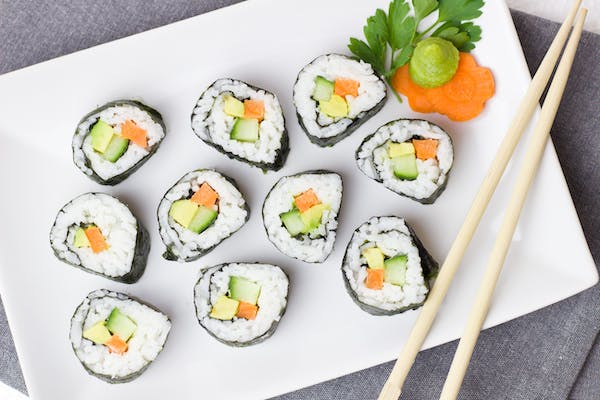Asian cuisine is very diverse, as there are different cultures and ethnicities in Asia that offer or provide different cooking methods, ingredients, and dishes, which is mainly the reason why it is difficult to summarize what Asian cuisine actually is. However, there is one unifying dietary culture that is present in most countries in the region, and this dietary culture is much easier to explain than enumerating the different cooking cultures of the Asian countries. Here is a guide to the dietary culture of Asia.
Staple Ingredients and Dishes
In most countries in Asia, rice is a staple food or ingredient that is found in most dishes invented or created in those countries. Besides rice, wheat is also a staple in Asia, particularly in the Eastern and Western regions. The popularity of rice and wheat in the continent is mainly attributed to its fertile land, where most of its areas are suitable for growing crops. As such, vegetables and grains are very much abundant in Asia, which is why these ingredients are prominent in most dishes.
However, not all areas in the continent are fertile enough to grow crops, as Mongolia and some parts of Central Asia struggle to grow rice and wheat in the land they own. So, there is no active agriculture in those regions, although rice and wheat are still the staple ingredients in the dishes they eat. Why is rice still popular in those locations? The answer is that during ancient times, they would trade meat and milk, which are abundant ingredients in their land, for rice and other types of grains to farmers that are living in the south. So, they were able to find a way to get rice without actually growing it, and that is through trade.
As already implied, the south is rich in grains and vegetables, and these food ingredients have been the ones that they usually trade to other villages or cities in the north or in the west. On the other hand, those that are living in the colder regions of the northeast like Korea have invented their unique way of fermentation so that their crops and other ingredients will remain edible for longer periods of time during the winter.
Dining Etiquette
Most Asian countries prioritize proper dining etiquette, as it serves as a way for them to respect the food that they are eating. The Chinese, Japanese, and Korean dining cultures are the ones with the most rules connected to dining etiquette, as their religion usually plays a hand in the way they respect their food. The cultures mentioned above primarily use chopsticks as a tool used for eating food, although there are some cultures that adopted the use of spoon and fork (through Western influence) or even their hands (a primitive method of eating).
There are countries that don’t really have proper dining etiquette, although they prioritize the enjoyment of food instead of locking the dining experience in a strict etiquette. Most of these countries would often have cultures that see food as a way for people to strengthen their bond with family members or friends. Because of this belief, food has served a different purpose other than making a human’s body fit and energized.
Food and Religion
As evident in some countries’ dining etiquette, there seems to be a deep connection between food and religion for several countries and regions in Asia. For the Muslim countries, eating pork is prohibited, which is why their diet mostly consists of vegetables and other types of meat that are not as fatty as pork. In addition, the ninth month of the Islamic calendar for the Muslims serves as a month of fasting, wherein they would need to prevent themselves from eating or drinking from morning to afternoon.
For those with Hindu beliefs, eating cow or beef is not allowed, as the religion sees the said animal be holy or sacred. As such, most Hindus would often switch to having a vegetarian diet that is full of protein, which is what they lack when they don’t eat beef. In Taoism, a religion prominent in China, food is considered as medicine, and most of the ingredients cultivated in the country are often categorized via their medicinal properties. This “food as medicine” belief may also stem from traditional Chinese medicine, wherein its practitioners and believers use various food ingredients for curing several illnesses or diseases. Although the effectiveness of traditional Chinese medicine is still being refuted and debated upon, the number of people using it is steadily increasing over the years.
Through reading this article, you will see how diverse Asian cuisine truly is, as there are different cultures that influence how people eat and use ingredients for their staple dishes. There may even be some dining cultures in Asia that are hidden away or forgotten, although many historians are doing their best to uncover the secrets of these cultures.
